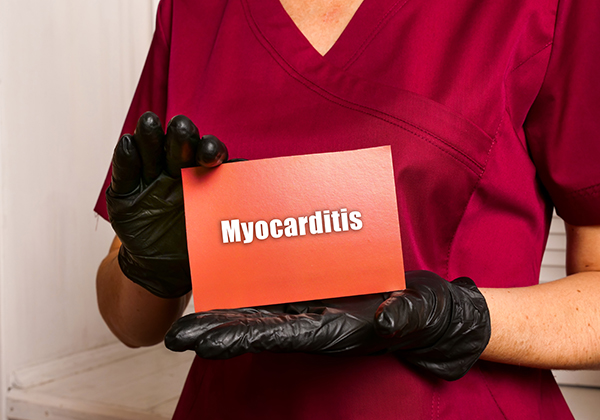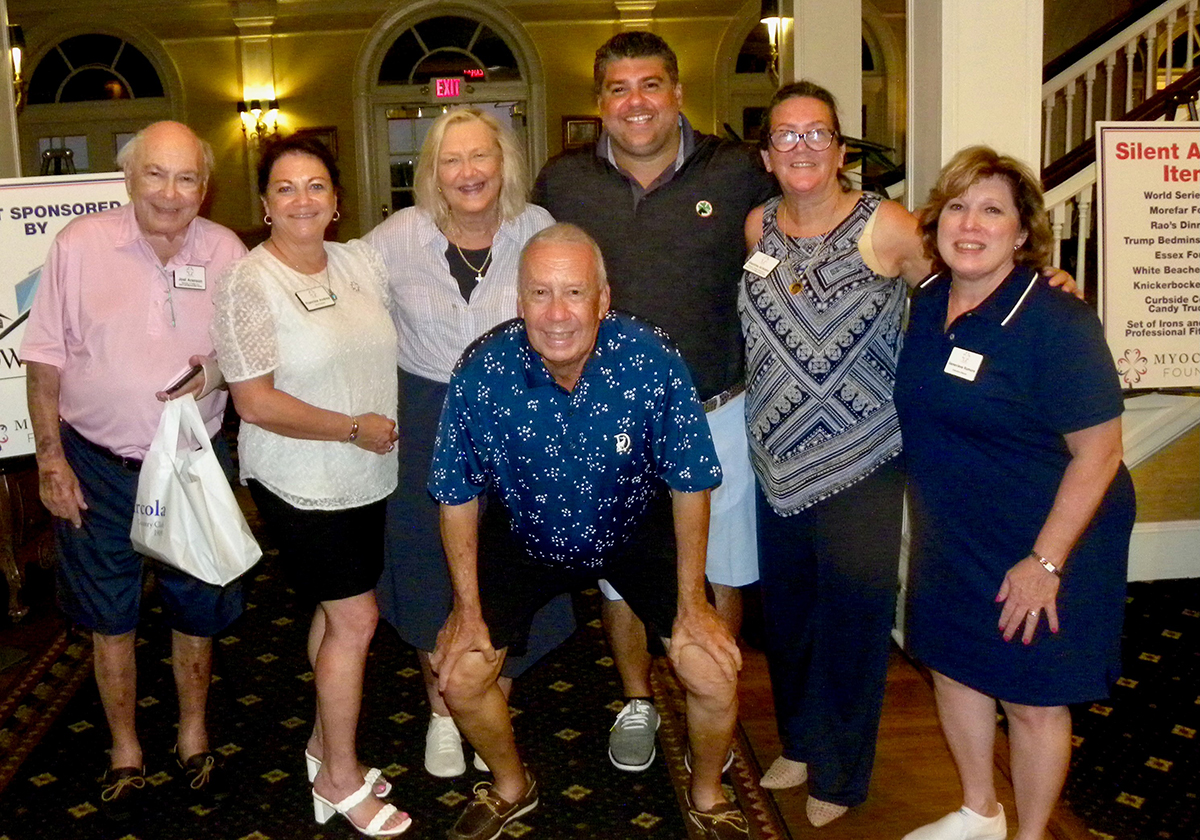(281) 713-2962
800 Rockmead Drive, Suite 155
Kingwood, TX 77339
[email protected]
Phase 2/3 Study of KPL-387 in Recurrent Pericarditis
Status: Not yet recruiting
Location:
Conditions:
City/State:
Contact Information:
Phone Number: 781-431-9100
Email: [email protected]
Brief Summary
This study is being done to demonstrate whether KPL-387 is an effective and safe treatment for recurrent pericarditis.
Detailed Description
This clinical trial is comprised of 3 separate study parts: Phase 2, Phase 3, and Long-Term Extension. The primary objective of Phase 2 is to evaluate how well different dose regimens of KPL-387 control the pain and inflammation of pericarditis in a group of participants experiencing an acute episode of recurrent pericarditis. This part of the study will confirm the KPL-387 dose regimen to be further tested in Phase 3 and the Long-Term Extension. The primary objective of Phase 3 is to confirm the efficacy of KPL-387 for the treatment of recurrent pericarditis and reduction in risk of recurrence in an additional group of participants experiencing an acute episode of recurrent pericarditis. Participants who complete Phase 2 or Phase 3 may be eligible to participate in the Long-Term Extension. The primary objective of the Long-Term Extension is to assess the long-term efficacy of KPL-387 while maintaining long-term disease control. All of the study parts also have other objectives to learn about the safety, tolerability, concentration of KPL-387 in blood, and effects of KPL-387 on blood test markers of immune activity in recurrent pericarditis.
Read moreMyocarditis Causing Premature Ventricular Contractions:Insights From the MAVERIC Registry (MAVERIC)
Status: Not yet recruiting
Location: Kansas City Heart Rhythm Institute
Conditions: Kansas City Heart Rhythm Institute
City/State:
Overland Park, Kansas
Contact Information:
Name: Donita Atkins
Phone Number:
816-651-1969
Email: [email protected]
Brief Summary
To assess potential link between unrecognized myocardial inflammation (myocarditis) and premature ventricular contractions (PVCs) associated with and without reduced Left ventricular ejection fraction (LVEF) through comprehensive diagnostic work up.
Detailed Description
Hypothesized that occult inflammation is clinically under-recognized in patients with symptomatic PVCs with and without Left ventricular (LV) dysfunction and can be a potential link between the 2 conditions. Aimed to evaluate the incidence of underlying inflammation using the Positron emission tomography (PET) scan in patients presenting with symptomatic PVCs enrolled retrospectively in the MAVERIC registry.
Read moreMyocardial Inflammation in Systemic Lupus Erythematosus
Status: Not yet recruiting
Location:
Conditions:
City/State:
Columbus, Ohio
Contact Information:
Brief Summary
The goal is to assess for myocardial edema on cardiac MRI during SLE flare to assess for myocardial inflammation.
Detailed Description
The over-arching goal of this work is to further the understanding of myocardial damage in systemic lupus erythematosus (SLE) using state of the art CV imaging to investigate a novel potential mechanism of CV injury in SLE, subclinical myocardial inflammation.
Aim 1: Investigate an alternative pathway for CV morbidity in SLE by measuring myocardial edema at time of moderate to severe flare and compare values to post-flare studies and historical healthy controls.
Hypothesis 1: Myocardial edema, measured quantitatively with T2 CMR mapping during moderate to severe SLE flare will be significantly increased compared to 1) historical controls and 2) in SLE patients after resolution of flare.
Aim 2: Perform exploratory analyses investigating relationships between myocardial edema on CMR and markers of SLE disease activity and CV risk factors.
Hypothesis 2: Markers of disease activity including inflammatory makers (ESR and high sensitivity c-reactive protein), complement and autoantibody levels will predict the presence of T2 CMR detected myocardial edema during flare.
Read more
The ORCHESTRATE-Myocarditis Registry
Status: Not yet recruiting
Location: Kansas City Heart Rhythm Institute, Loma Linda University International Heart Institute, Montefiore Medical Center, Texas Cardiac Arrhythmis Institute at St. David's Medical Center
Conditions: Kansas City Heart Rhythm Institute, Loma Linda University International Heart Institute, Montefiore Medical Center, Texas Cardiac Arrhythmis Institute at St. David's Medical Center
City/State:
Loma Linda, California
Overland Park, Kansas
Bronx, New York
Austin, Texas
Contact Information:
Name: Donita Atkins
Phone Number:
816-651-1969
Email: [email protected]
Brief Summary
A retrospective, observational study consisting of patients who presents with typical/atypical chest pain and have an ensuing negative ischemic evaluation
Detailed Description
Multicenter, retrospective, observational study consisting of patients who presents with typical/atypical chest pain to the emergency department and have an ensuing negative ischemic evaluation. Planned to review the subsequent diagnostic process in these patients, including patients with CMRI (Cardiac Magnetic Resonance Imaging), PET (Positron Emission Tomography) imaging for evaluation of myocarditis with the goal of quantifying the number of patients who go on to have a proven diagnosis of myocarditis that can explain their presenting symptoms.
Read moreA Study to Assess Long-term Outcomes of Myocarditis Following Administration of COVID-19 mRNA Vaccine (SPIKEVAX)
Status: Not yet recruiting
Location: Chicago
Conditions: Chicago
City/State:
Chicago, IL
Contact Information:
Brief Summary
The main goal of this study is to characterize presentation, clinical course, and long-term outcomes of myocarditis temporally associated with administration of mRNA-1273 (SPIKEVAX) COVID-19 vaccine
Detailed Description
This is an observational cohort study that combines data collected directly from healthcare providers (HCP) with existing retrospective real-world data as captured in clinical electronic health record (EHR) and administrative claims data. Vaccine exposure and case identification information will be obtained retrospectively from existing real-world data to identify cases of post-vaccine myocarditis (PVM) and ultimately vaccine-associated myocarditis (VAM) for potential study inclusion. Eligible participants will be identified and followed for up to 5 years until the end of the study period or loss to follow-up or death.
Inclusion Criteria:
- Participants with a diagnosis of myocarditis between December 18, 2020, and October 31, 2026, will be identified or who have a relevant combination of laboratory and clinical findings meeting the CDC case definition for probable or confirmed myocarditis will be included in the study.
- Participants will be required to have at least 30 days of medical history to assess SPIKEVAX exposure.
Study Population
The source population for this study will include participants with a diagnosis of myocarditis or a relevant combination of laboratory and clinical findings meeting the Centers for Disease Control and Prevention (CDC) case definition for probable or confirmed myocarditis occurring during the study window for case ascertainment.
Read more





























